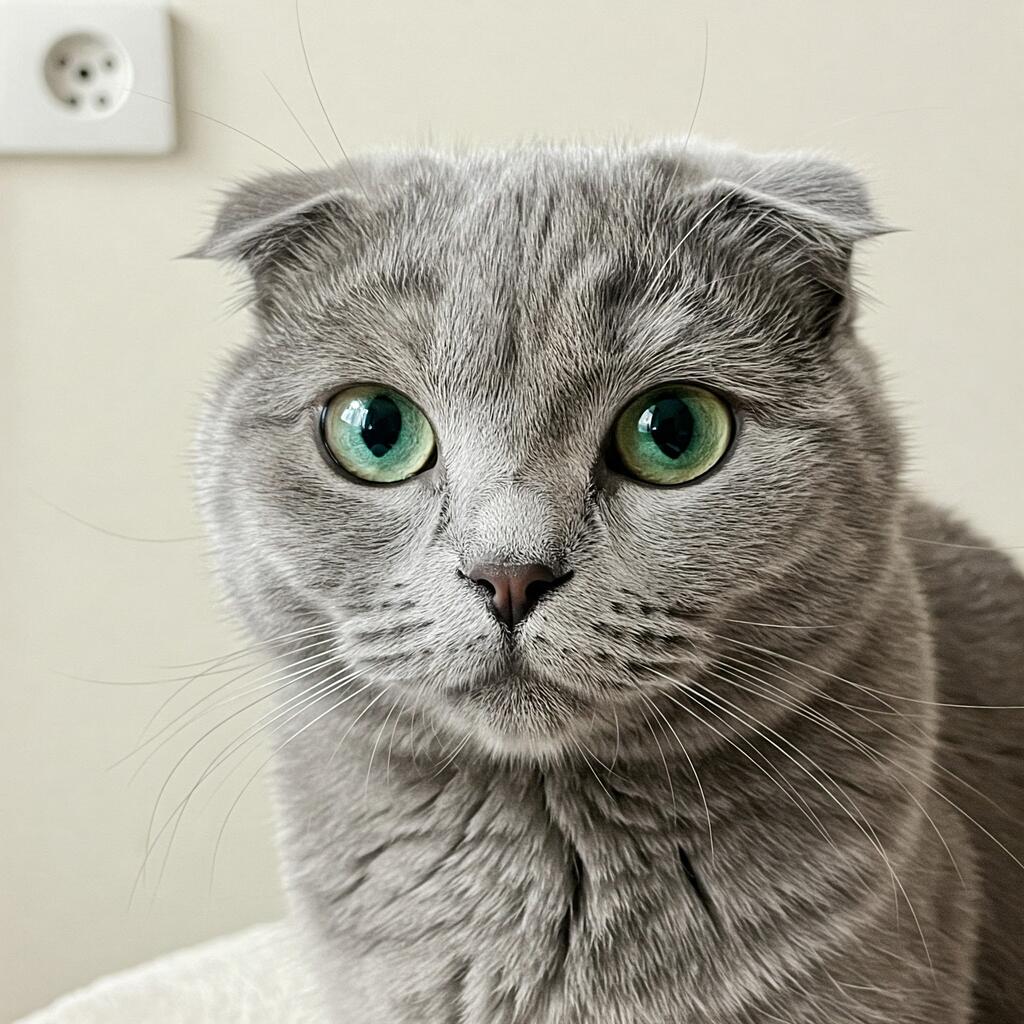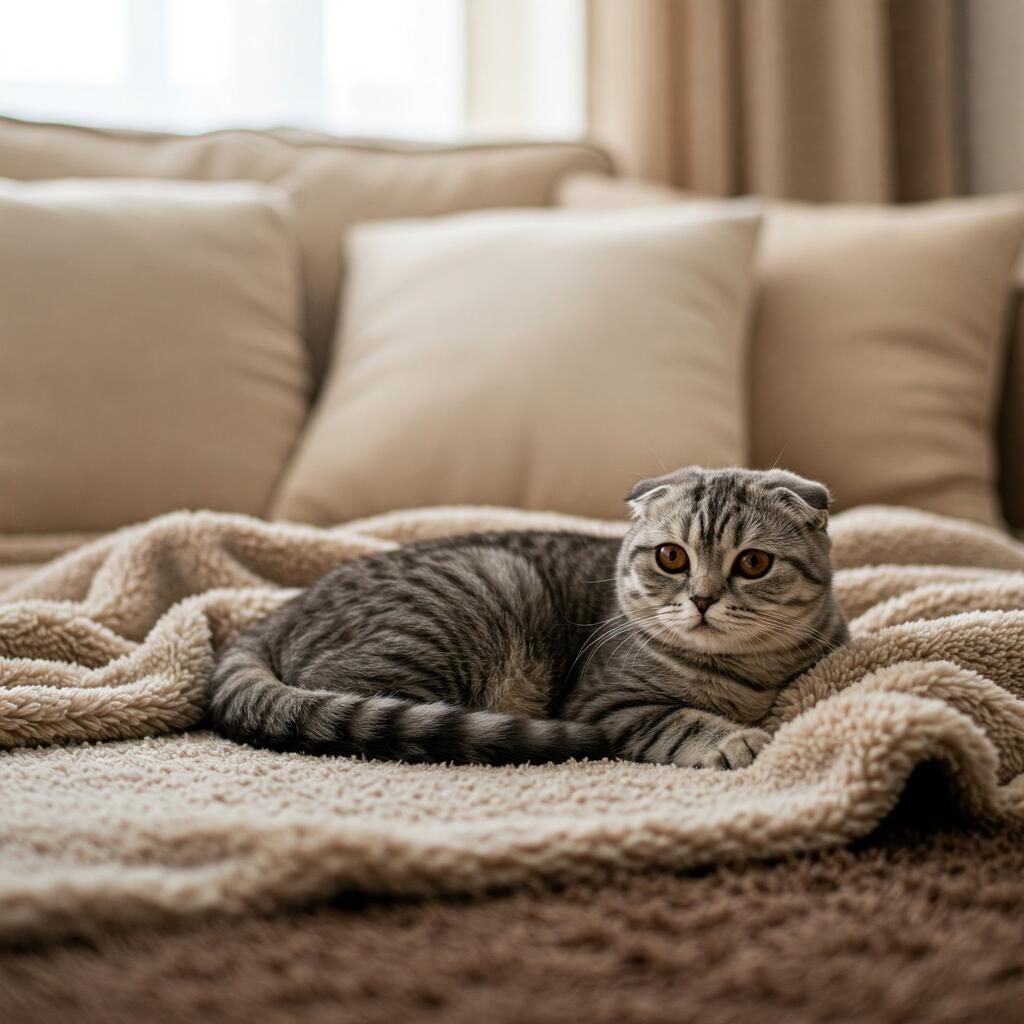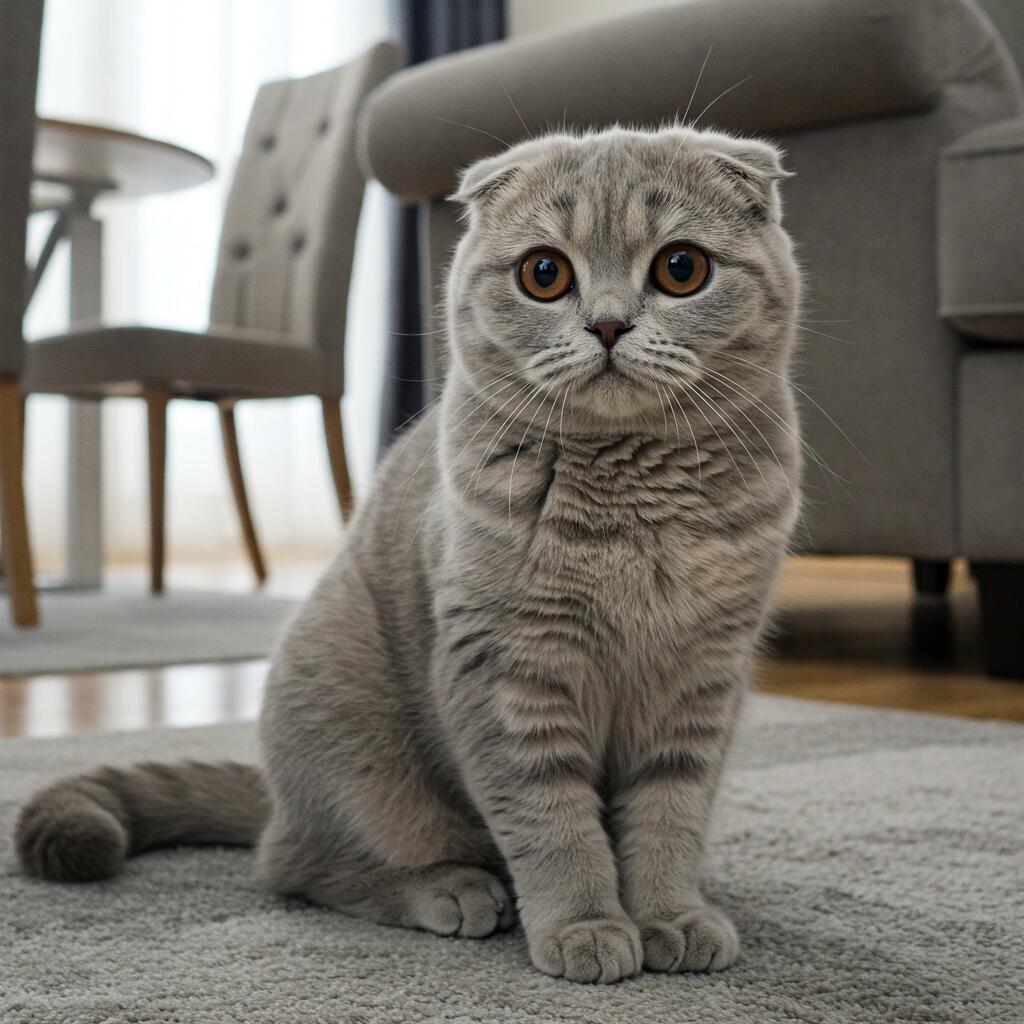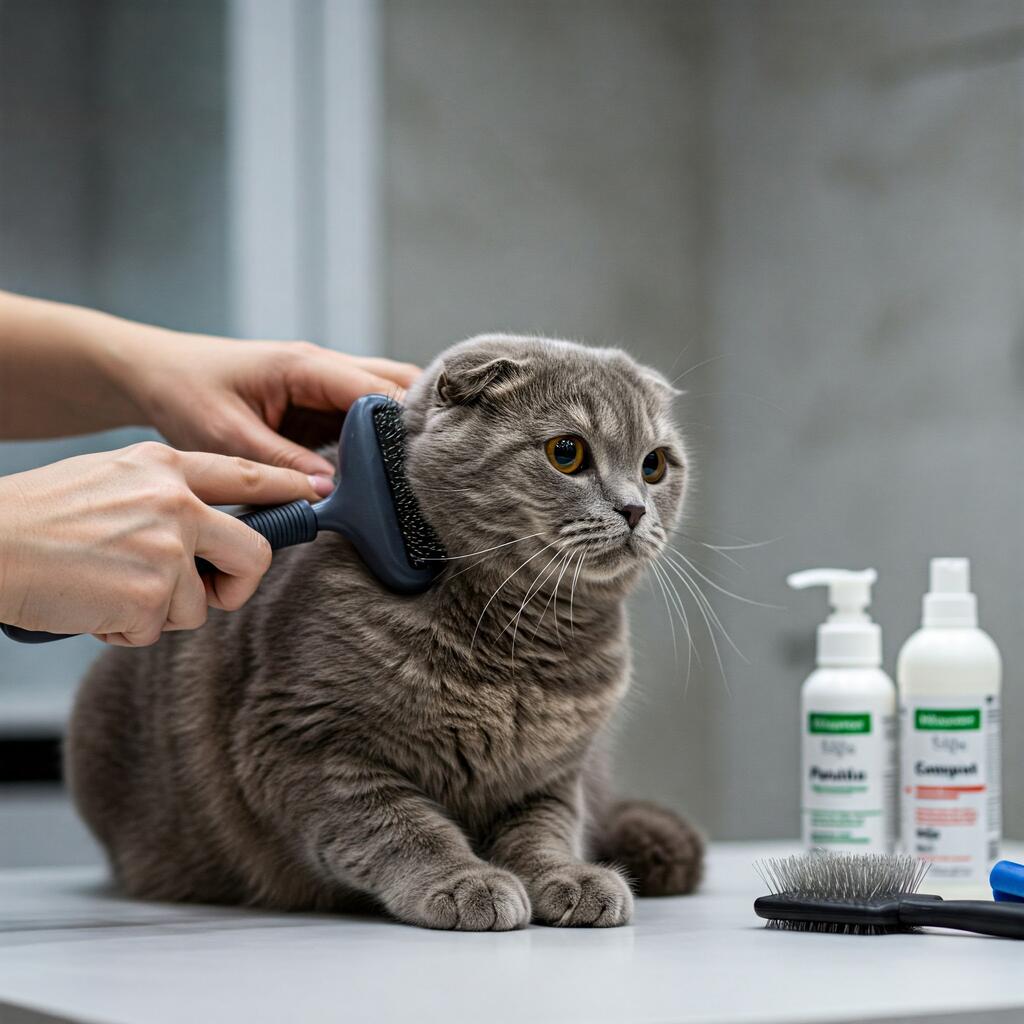
The Adorable Folded Ears of the Scottish Fold Cat
The Scottish Fold is a feline breed native to Scotland. Its most famous characteristic are its ears, which are small and folded forward. Its origins are very recent. The first record of a cat of this species dates back to 1961, when a Scottish breeder, William Ross, noticed a white kitten with these curious ears.
The kitten's name was Susie and when she gave birth to two kittens with folded ears in 1963, it was the beginning of the breeding of this breed. Several breeds were mated to the kitten, including a British Shorthair specimen, and it was noticed that at least half of the kittens had the characteristic forward folded ears.
This characteristic is linked to a dominant gene and therefore mating between cats of the same breed is strictly forbidden due to the osteo-articular malformations caused by the Folded Ear (FD) gene. Crossings between Scottish Fold and Scottish Straight (straight-eared variety), with the British Shorthair and with the American Shorthair are authorised.
Unfortunately, over the years, numerous health problems such as joint malformations and deafness have been highlighted, which is why Mr. Ross sent several specimens to America where a scholar, Dr. Neil Todd studied the Folder gene in depth and several pathologies have been averted, although this breed can still be subject to the development of a skeletal abnormality called orsteochondrodystrophy and consequently the Scottish Fold can develop osteoarthritis at a young age.
Character of the Scottish Fold

It is a loyal animal and tends to become particularly attached to one person within the family, but also considers other members. It is not a clingy animal and prefers to be close to its human rather than on its lap. It is the most suitable type of cat for families with even small children, its playfulness and docility appealing to children, who, given its appearance, regard it as a real cuddly toy.
Given this breed's absolute lack of aggression, relations with strangers or occasional house visitors are also good, even if it takes him a short period of adaptation to accept other people.
It gets on well with other cats and also with dogs, but does not like particularly agitated animals, so if you have other animals in the house, it is advisable to install shelves where the cat can take refuge in case of need.
Vocally it is not too communicative and when it does communicate it does so in a very subtle voice.
Appearance of the Scottish Fold

It is quite muscular with shorter than average legs in relation to the body.
The body and head are generally rounded and soft, in fact it gives the impression of a rather plump cat. The ears, which are the characteristic feature of this cat, are small and well folded forward and downwards and slightly rounded at the tips.
The eyes are separated by a wide nose, large and round, giving the Scottish Fold a sweet expression, and can be aqua-blue, gold-yellow or green.
The coat can be either short or medium-long, but in all cases it has a thick undercoat that increases its softness to the touch. It is dense, soft, voluminous and well distributed and can be practically any colour or colour combination.
The tail is very thick and of medium length, with a slightly rounded tip, is flexible and tapered.
Health and care of the Scottish Fold

During the moulting period, even once a day, and it must be borne in mind that it loses a lot of hair and therefore careful grooming is necessary to avoid too many hairballs that the cat may ingest while grooming itself. The ears also need to be cleaned periodically to avoid nasty infections, as do the teeth.
It generally has a good state of health and an average life expectancy of 12 to 15 years. It tends to put on weight and therefore its diet should be controlled.






















